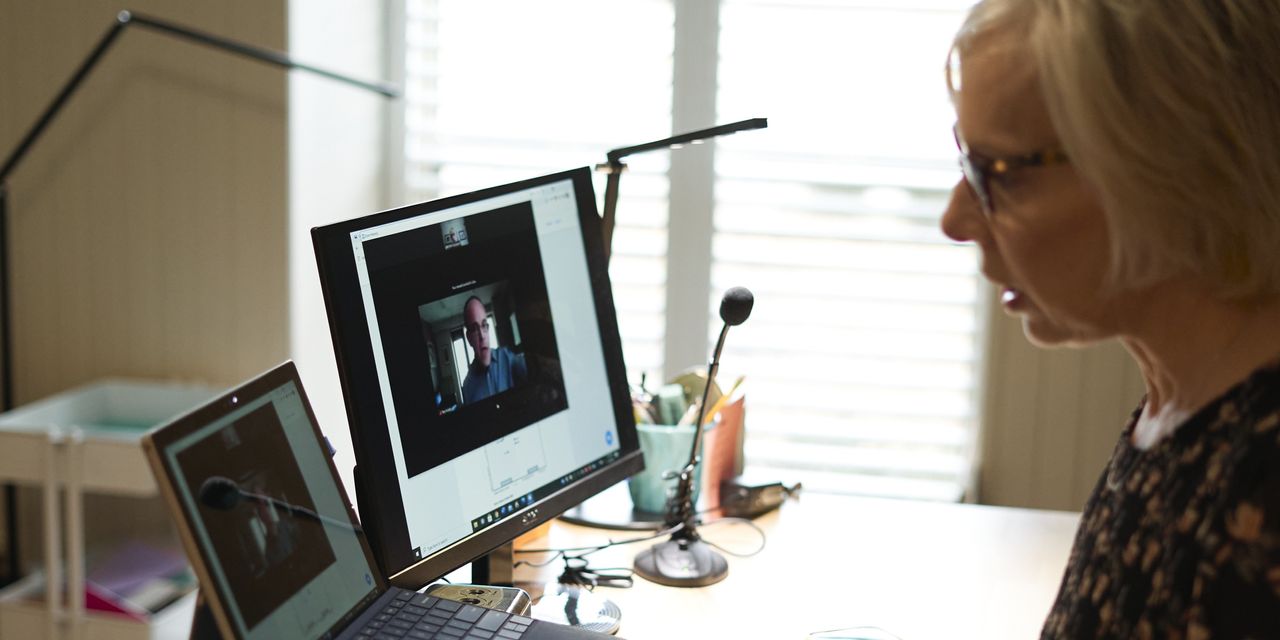
@ShahidNShah


The Covid-19 pandemic created the perfect test lab for telemedicine.
Future access to virtual care in future depends on the fate of policies adopted at the start of the pandemic, when the federal Medicare program and private insurers began paying doctors the same rate for virtual consults as in-person visits and loosened other restrictions that sharply limited the use of telemedicine in the past.
Doctors were taught to virtually check a patient for a wide range of symptoms that could signal a serious illness, such as breathing problems, pallor, a yellowing of the whites of the eyes, and gait problems.
Then, on the video call, clinicians work with families to engage children, finding creative ways to conduct a neurological exam, such as engaging them with their toys to get them to move their arms to assess strength.
Continue reading at sj.com
Now that telehealth has become a fixture in the healthcare delivery firmament, it's time to examine what comes next. While current use predominantly focuses on televisits between providers and …
Connecting innovation decision makers to authoritative information, institutions, people and insights.
Medigy accurately delivers healthcare and technology information, news and insight from around the world.
Medigy surfaces the world's best crowdsourced health tech offerings with social interactions and peer reviews.
© 2025 Netspective Foundation, Inc. All Rights Reserved.
Built on Apr 29, 2025 at 12:52pm